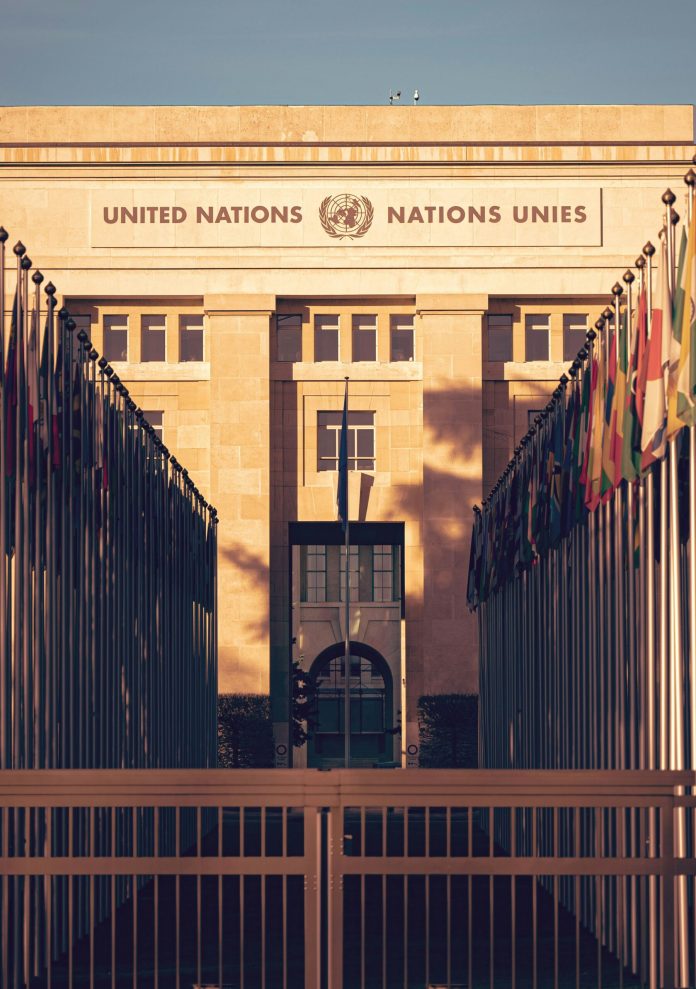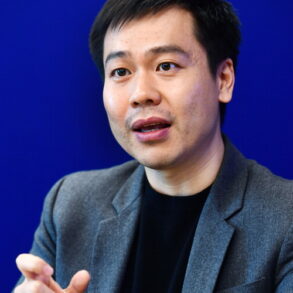
Social media is one of the most powerful potential tools for peacebuilding. At the same time, it has frequently been used to incite violence and promote war. While social media posts may seem harmless, they can create real-world harm. In addition to promoting violence, there are also many cases where communication on social media has spread disinformation and hate, leading to the disruption of successful peace initiatives. Given the growing importance of social media, many scholars and peace advocates are working to build peace in this digital space, leading to the rise of digital peacebuilding. This work is essential as conflicts now not only take place on the ground but also online simultaneously.
One innovative digital peacebuilding approach involves including social media in peace processes – recognizing that many of today’s conflicts are heavily impacted by the digital realm. At the moment, this process has seen limited use, generally by organizations engaged in private diplomacy or mediation efforts, or by United Nations mediators in specific cases. However, if they are successful in proving that digital peacebuilding can be effective, it may become a more widely used tool to strengthen peace initiatives around the world.
The Centre for Humanitarian Dialogue (HD) is one of the organizations engaged in this type of peacebuilding. In one particularly successful instance, HD worked with representatives of three ethnic groups in one region of Nigeria, which had experienced numerous instances of intercommunal violence. Instead of a traditional approach, which focuses on physical conflict and violence, and a political solution, these talks focused instead on the root causes of the tension. Representatives of the three groups signed a “social media peace agreement” intended to reduce online speech fueling conflict, including hate speech, violent images, and misinformation.
Collaborating with local peacebuilding organizations and leaders of all groups, the initiative included more than just negotiations. Real-world action was connected with awareness of digital activities and the harm they can cause. Community leaders emphasized the importance of combating hate speech and the danger brought by social media, created networks to combat future negative action, and focused on youth – who have been at the forefront of the growing tensions, partly because of their exposure to social media.
HD has also done other work to promote digital peacebuilding and reduce the potential negative impacts of social media, including in Bosnia, where they helped to develop a “code of conduct” for election, based on engagement with ordinary civilians interested in preserving peace.
HD is not the only organization taking notice of the potential for digital peacebuilding. A 2021 report by the United Nations Department of Political and Peacebuilding Affairs explored the subject. It provides a framework for mediators, like HD, who seek to explore social media as a force for peace, on how to use social media for analysis, communication, engagement with involved parties, and to combat mis- and disinformation. The report uses real world examples of the impact of social media, which demonstrate the potential benefits and harms it can bring to peace processes. It has fueled ethnic conflict in Cameroon, and also engaged groups marginalized by repressive regimes amid civil wars, including Syrian civil society and Yemeni women.
Peace talks in Libya have been one of the most high-profile examples of digital peacebuilding and the potential for social media peace agreements, or a “digital ceasefire”. At peace talks in Geneva, representatives of rival sides found themselves targeted online, threatening to derail the peace process. Disinformation and personal attacks, seemingly intended to disrupt the talks, appeared to have been directed by one side and included mis- and disinformation aimed at UN mediators. In response, those mediators took an innovative approach – by including a commitment to refraining from online attacks and pushing for peace on the battlefield and on social media.
With the proliferation of influence operations and coordinated disinformation and harassment campaigns, which fueled a genocide in Myanmar and relentlessly targeted the life-saving White Helmet volunteers in Syria, digital peacebuilding is more important than ever. Social media companies are unable, and often unwilling, to adequately address this problem, and peacebuilders must step up in their place. It is impossible to fully end this threat, but through the use of digital ceasefires and other types of digital peacebuilding it is possible to mitigate the danger it poses, and potentially make future peace processes more effective. Social media may have become a weapon of war, but there is no reason that it cannot be used as a tool for peace too.
This post was originally published on this site be sure to check out more of their content








